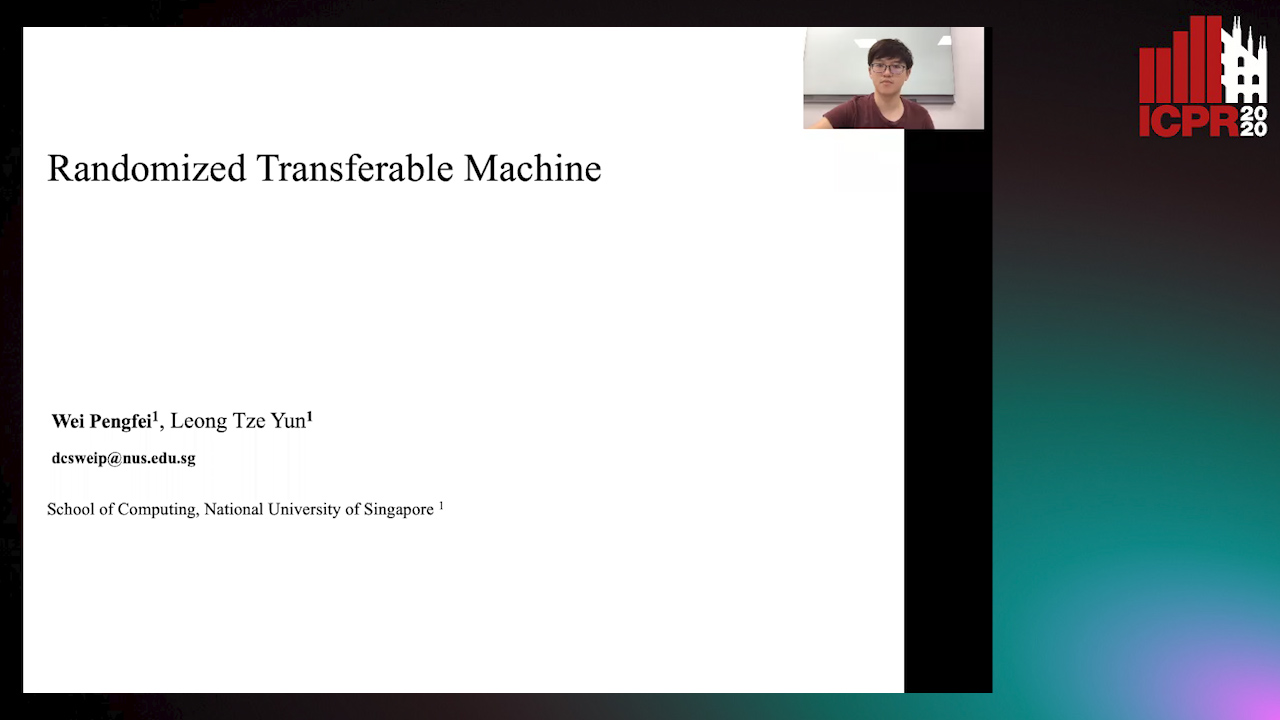Tze Yun Leong
Paper download is intended for registered attendees only, and is
subjected to the IEEE Copyright Policy. Any other use is strongly forbidden.
Papers from this author
Randomized Transferable Machine

Auto-TLDR; Randomized Transferable Machine for Suboptimal Feature-based Transfer Learning
Abstract Slides Poster Similar
Feature-based transfer method is one of the most effective methodologies for transfer learning. Existing works usually claim the learned new feature representation is truly \emph{domain-invariant}, and thus directly train a transfer model $\mathcal{M}$ on source domain. In this paper, we work on a more realistic scenario where the new feature representation is suboptimal where small divergence still exists across domains. We propose a new learning strategy and name the transfer model following the learning strategy as Randomized Transferable Machine (RTM). More specifically, we work on source data with the new feature representation learned from existing feature-based transfer methods. Our key idea is to enlarge source training data populations by randomly corrupting source data using some noises, and then train a transfer model $\widetilde{\mathcal{M}}$ performing well on all these corrupted source data populations. In principle, the more corruptions are made, the higher probability of the target data can be covered by the constructed source populations and thus a better transfer performance can be achieved by $\widetilde{\mathcal{M}}$. An ideal case is with infinite corruptions, which however is infeasible in reality. We instead develop a marginalized solution. With a marginalization trick, we can train an RTM that is equivalently trained using infinite source noisy populations without truly conducting any corruption. More importantly, such an RTM has a closed-form solution, which enables a super fast and efficient training. Extensive experiments on various real-world transfer tasks show that RTM is a very promising transfer model.